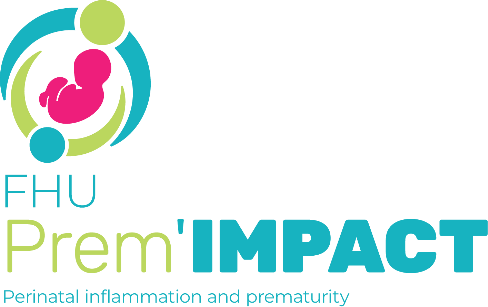Abstract
Introduction: Gestational age at delivery seems to be a risk factor of recurrence of preeclampsia. The objective of this study was to analyze adverse pregnancy outcomes and recurrence of preeclampsia during the subsequent pregnancy in women with a history of pre-eclampsia delivered before 26 weeks of gestation.
Material and method: We performed a retrospective study in two French tertiary care hospitals between 2000 and 2018. Patients with a history of pre-eclampsia delivered before 26 weeks of gestation were analyzed. Information on the immediate subsequent pregnancy was collected. Adverse composite outcome was defined as recurrent preeclampsia, HELLP syndrome, placental abruption, fetal growth restriction <3rd percentile or <10e percentile with Doppler abnormalities, maternal death and fetal death.
Results: Among the 107 patients who met the criteria, 48 were analyzed for a subsequent pregnancy. Seventeen women (35.4 %) developed an adverse composite outcome, occurring for 15 women (31.2 %) before 34 weeks. Ten women (20.8 %) developed a recurrent preeclampsia occurring for 5 women (10.4 %) before 34 weeks. We related 3 HELLP syndromes, 1 placental abruption, 9 fetal growth restrictions, 3 fetal deaths and no maternal death. Compared to baseline normotensive women, chronic hypertension was significantly associated with an increased risk of adverse composite outcome (19.3 vs 58.8 %, p-value 0.014).
Conclusion: In our population, preeclampsia with delivery before 26 weeks is associated with 35.4 % of adverse composite outcomes and 20.8 % of recurrent preeclampsia during the immediate subsequent pregnancy. These results justify the importance of an ongoing monitoring of these patients during subsequent pregnancy.
